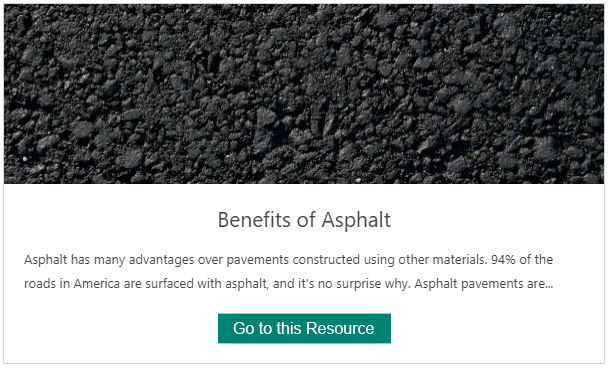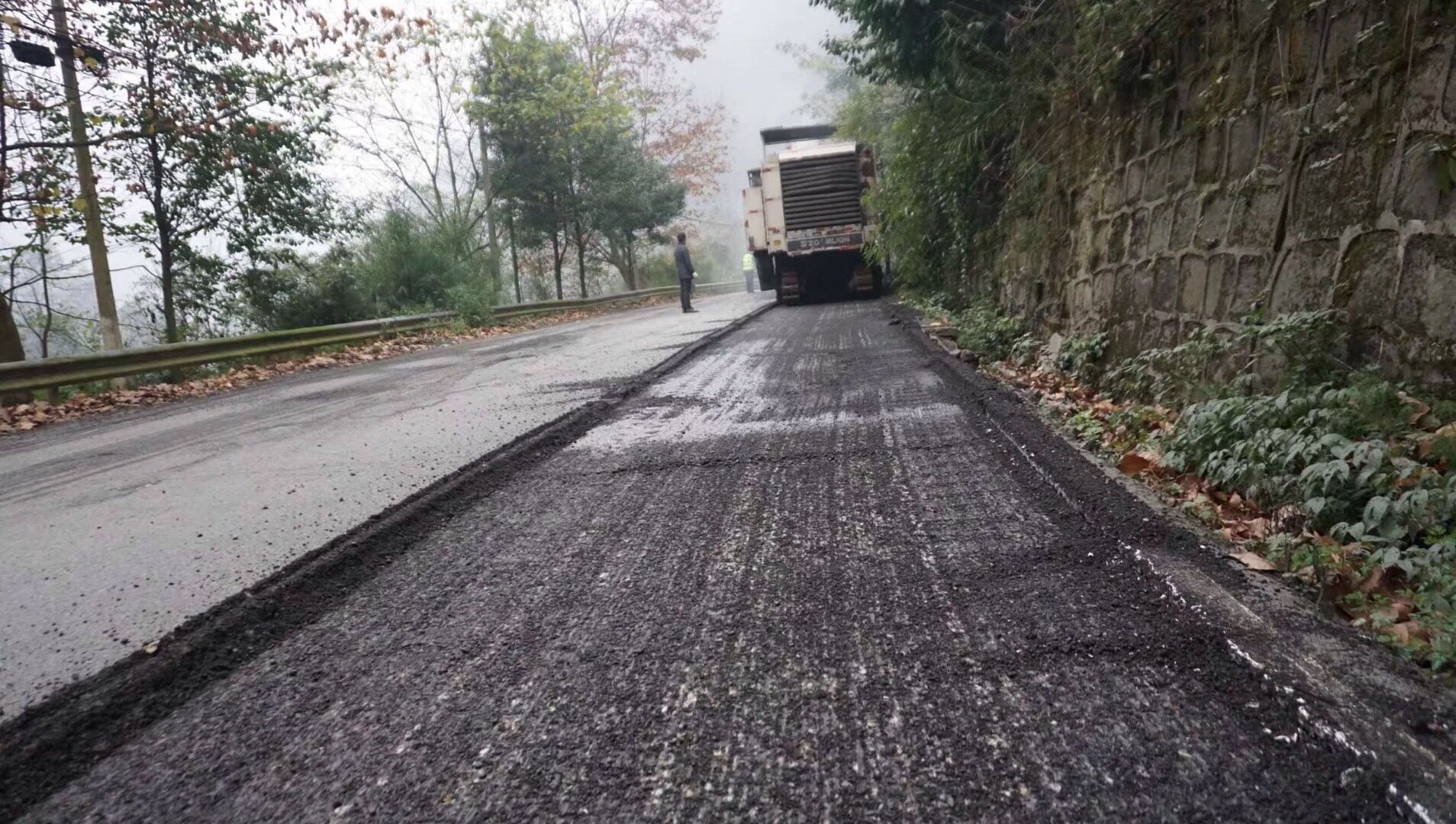Some Known Details About A1 Professional Asphalt & Sealing Llc
Some Known Details About A1 Professional Asphalt & Sealing Llc
Blog Article
Rumored Buzz on A1 Professional Asphalt & Sealing Llc
Table of ContentsSome Known Questions About A1 Professional Asphalt & Sealing Llc.10 Simple Techniques For A1 Professional Asphalt & Sealing LlcFascination About A1 Professional Asphalt & Sealing LlcA1 Professional Asphalt & Sealing Llc Things To Know Before You BuyOur A1 Professional Asphalt & Sealing Llc Diaries

The oil in an automobile engine is not simply oil. The REOB includes all the ingredients that were in the waste oil as well as the wear metals from the engine (primarily iron and copper).
However, by making lots of blends making use of different REOB examples and various asphalt binders, the variants greatly can be averaged out. A number of States gave samples of recognized REOB structure to TFHRC researchers, that analyzed the examples to contrast the percentage of included (understood) REOB to the found (evaluated) amount. The evaluations revealed an equivalent percent of added and discovered REOB.
The Main Principles Of A1 Professional Asphalt & Sealing Llc
They obtained an overwhelming reaction. The TFHRC researchers evaluated 1,532 samples from 40 States, one Canadian district, and 2 Federal Lands Highway departments. They examined each sample twiceamounting to more than 3,000 evaluations. None of those States recognized that the asphalt they were purchasing contained REOB. One State insisted its examples had no REOB.
Of the 1,532 examples examined, 12 percent had REOB, and some had significantly high degrees of it at 1020 percent. The highest degree was 34 percent in a sample from Texas, which TxDOT had made use of in a patching compound. This screening likewise revealed the visibility of phosphoric acid in 11 percent of the examples, and 2 percent consisted of ground tire rubber.
Two years ago at TRB's yearly conference, the Federal researchers held an REOB workshop and presented the findings of their laboratory analyses to a standing room-only group. Some agencies do not particularly prohibit REOB, they do impose physical examinations that preclude its useeffectively a ban. Others do not outlaw it by requirements, yet have agreements with asphalt suppliers to avoid using REOB
A1 Professional Asphalt & Sealing Llc - Questions
A handful do enable REOB, some within specific limitations. For instance, Ohio and Texas limit degrees to much less than 5 percent of the asphalt. To develop a trustworthy examination approach that all States can use, the TFHRC researchers established up a round-robin examination strategy. The individuals are 11 State highway agencies (Illinois, Massachusetts, Minnesota, Mississippi, Montana, North Carolina, Oklahoma, South Carolina, Texas, Vermont, and Wyoming), 2 independent screening laboratories, the Ministry of Transport in Ontario, Queen's University in Ontario, and an Ontario paving professional.
In total, the researchers prepared and shipped 720 blends. The individuals are checking the examples separately utilizing the standards supplied by the TFHRC researchers. The round-robin screening is virtually finished, and TFHRC remains in the process of collecting the outcomes. The output will be a proposed AASHTO test approach that any kind of State can embrace and use (asphalt sealcoating in st louis).
The pavement with REOB, which is located 0.6 mile (1 kilometer) from find here the pavement without REOB, has the same subgrade, web traffic thickness, and climate. Nonetheless, the section of Highway655 with 5 to 10 percent REOB showed significant cracking. In this instance, the presence of REOB was the recognized source of fracturing at a low temperature levels.
A section of test sidewalk in Minnesota (MN1-4) located to consist of REOB additionally split too soon. The pavement carried out well for the initial 3 to 4 years, but after that started to split.
The Definitive Guide to A1 Professional Asphalt & Sealing Llc
The examinations were not extensive, but they revealed that at levels of 6 percent or even more, the tensile strength of the asphalt went down significantly. At a degree of 3.5 percent REOB, the variant in the physical examination approaches was above the effect of REOB. Actually, it was difficult for researchers to evaluate whether REOB existed.

One binder parameter considered is the difference between the reduced temperature level critical specification temperature level for tightness (S) in the flexing beam of light rheometer and the bending beam rheometer creep slope (m-value) kept in mind as Tcritical. TC = TC (S) TC (m-value). Analysis of this specification is still continuous. Two independent research groups, one from AASHTO and the various other from the Asphalt Institute, wrapped up that more study is required on the use of REOB in asphalt.
Previously, all asphalt screening measured engineering properties such as rigidity. These tests do disappoint what products had been included in the asphalt. One sample obtained during the TFHRC research had an extremely unusual analysis. The example had the following examination results: Superpave PG 64-28 with a heat quality of 67.3 Tcritical on the bending beam of light rheometer was 6.7 degrees Celsius.

All about A1 Professional Asphalt & Sealing Llc
These results show there are weaknesses in the standardized engineering screening methods that might be made use of. The producer might have a financial benefit and the product passes all the standardized tests, but the item might not be valuable to guaranteeing long-lasting performance. To address this issue and the development of brand-new asphalt additives and extenders, TFHRC is starting a research program to make use of handheld spectroscopic devices, x-ray fluorescence spectroscopy, and Fourier change infrared spectroscopy to allow evaluations to be performed in the field as opposed to needing to take examples back to the lab.
Report this page